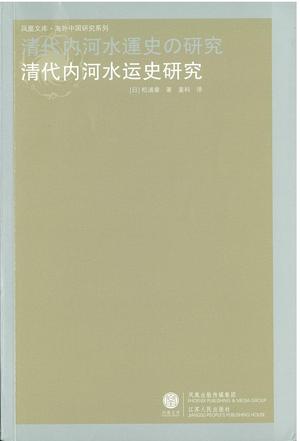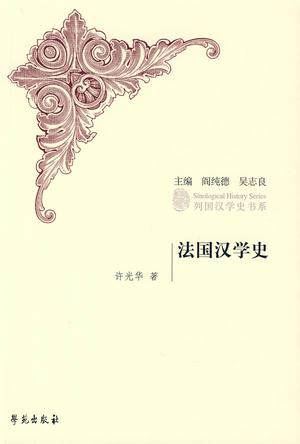-

Revolution and Cosmopolitanism
-

Superstitious Regimes
We live in a world shaped by secularism - the separation of numinous power from political authority and religion from the political, social, and economic realms of public life. Not only has progress toward modernity often been equated with secularization, but when religion is admitted into modernity, it has been distinguished from superstition. That such ideas are continually contested does not undercut their extraordinary influence. These divisions underpin this investigation of the role of religion in the construction of modernity and political power during the Nanjing Decade (1927-1937) of Nationalist rule in China. This book explores the modern recategorization of religious practices and people and examines how state power affected the religious lives and physical order of local communities. It also looks at how politicians conceived of their own ritual role in an era when authority was meant to derive from popular sovereignty. The claims of secular nationalism and mobilizational politics prompted the Nationalists to conceive of the world of religious association as a dangerous realm of 'superstition' that would destroy the nation. This is the first 'superstitious regime' of the book's title. It also convinced them that national feeling and faith in the party-state would replace those ties - the second 'superstitious regime'. -

Mao's New World
In this sweeping portrait of the political culture of the early People's Republic of China (PRC), Chang-tai Hung mines newly available sources to vividly reconstruct how the Chinese Communist Party (CCP) tightened its rule after taking power in 1949. With political-cultural projects such as reconstructing Tiananmen Square to celebrate the Communist Revolution; staging national parades; rewriting official histories; mounting a visual propaganda campaign, including oil paintings, cartoons, and New Year prints; and establishing a national cemetery for heroes of the Revolution, the CCP built up nationalistic fervor in the people and affirmed its legitimacy. These projects came under strong Soviet influence, but the nationalistic Chinese Communists sought an independent road of nation building; for example, they decided that the reconstructed Tiananmen Square should surpass Red Square in size and significance, against the advice of Soviet experts sent from Moscow. Combining historical, cultural, and anthropological inquiries, Mao's New World examines how Mao Zedong and senior Party leaders transformed the PRC into a propaganda state in the first decade of their rule (1949–1959). Using archival sources only recently made available, previously untapped government documents, visual materials, memoirs, and interviews with surviving participants in the Party's plans, Hung argues that the exploitation of new cultural forms for political ends was one of the most significant achievements of the Chinese Communist Revolution. The book features sixty-six images of architecture, monuments, and artwork to document how the CCP invented the heroic tales of the Communist Revolution. -

清代内河水运史研究
清代内河水运史研究,ISBN:9787214062284,作者:(日)松浦章 著,董科 译 -

Health and Hygiene in Chinese East Asia
Examining matters from the changing ideas of contagion in classical Chinese medical thought to attempts to eradicate SARS in 2003, the essays in this collection explore efforts to overcome disease and improve human health in Chinese regions of East Asia from the late nineteenth century to the present. The contributors, most of whom are based in Taiwan, consider the science and politics of public health policymaking and implementation not only in Taiwan but also in Manchuria, Hong Kong, and the Yangtze River delta, focusing mostly on towns and villages rather than cities. Whether discussing the resistance of lay midwives in colonial Taiwan to the Japanese campaign to replace them with experts in "scientific motherhood" or the reaction of British colonists in treaty-port Shanghai to Chinese diet and health regimes, the essays illuminate the effects of international interventions and influences in particular situations and localities. While they discuss responses to epidemics from the plague in early-twentieth-century Manchuria to SARS in southern China, Singapore, and Taiwan, they also emphasize that public health is not just about epidemic crises. As essays on marsh drainage in Taiwan, the enforcement of sanitary ordinances in Shanghai, and vaccination drives in Manchuria help to show, throughout the twentieth century public health bureaucracies have primarily been engaged in the mundane activities of education, prevention, and monitoring. Contributors: Warwick Anderson; Charlotte Furth; Marta Hanson; Sean Hsiang-lin Lei; Angela Ki Che Leung; Shang-Jen Li; Yushang Li; Yi-Ping Lin; Shiyung Liu; Ruth Rogaski; Yen-Fen Tseng; Chia-ling Wu; Xinzhong Yu -

法国汉学史
《法国汉学史》是作者近年来学习法国汉学,以及跟国内外学者交流后的认知和体会的记录。全书除前言和附录外共有五章,即概述、法国汉学的草创、确立和发展、从传统走向现代(上)、(下)。每章大致包括三方面内容:概况,汉学家列传和该时期的主要汉学成就。